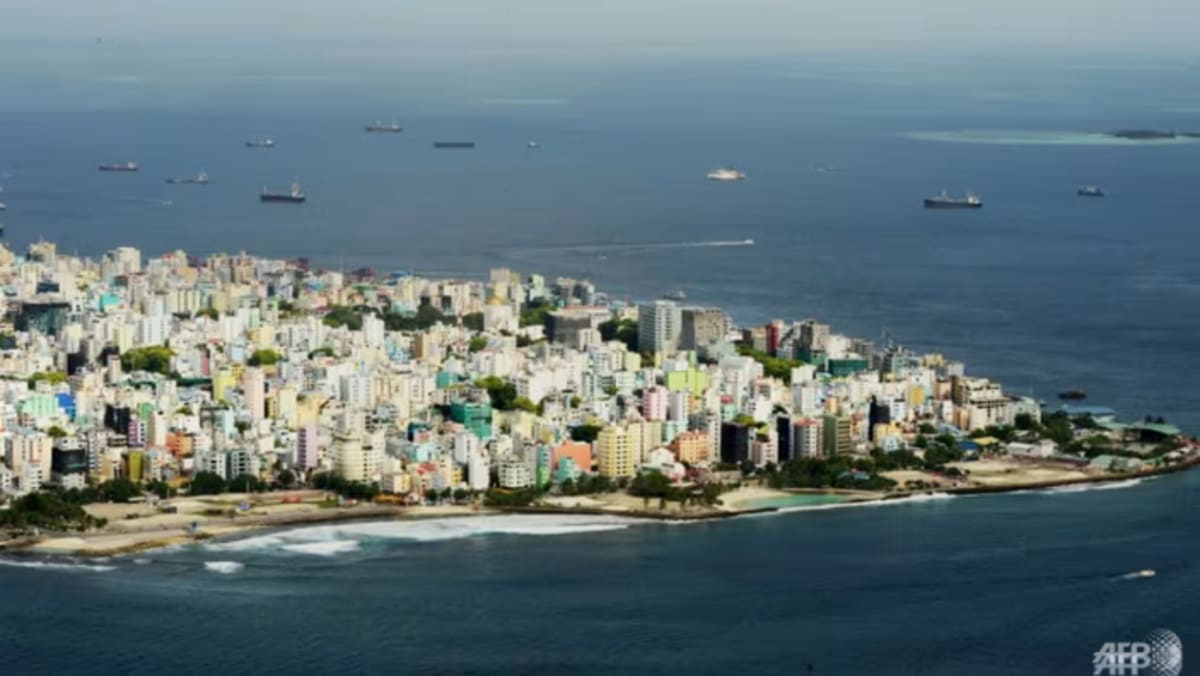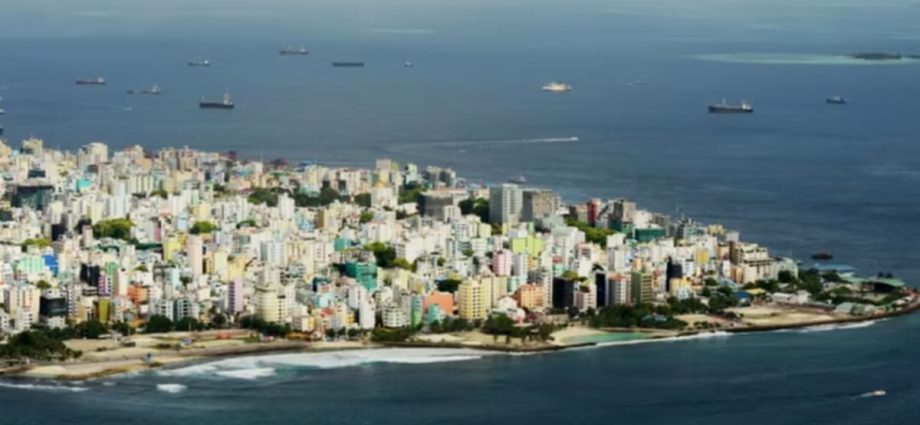
Even when funding is approved, the process is tedious and the money could take years to materialise, said Ms Shauna, giving an example of two projects from Maldives under the Green Climate Fund (GCF).
“By the time the money does come to the Maldives, the entire reality has changed – we’re talking about coastal erosion, about running out of fresh water,” she said.
“People can’t wait for the money to come five years later to address the issue of erosion.”
This has forced the nation to take matters into its own hands and inject funds from its domestic revenue and budget to invest in green transition and adaptation.
MALDIVES’ GREEN INITIATIVES
The nation is using engineering solutions to put in place coastal protection projects, such as preserving and regenerating coral reefs.
“So far, we have protected about 13 per cent of our reef area. We are using nature-based solutions on how we could possibly use it as a defence mechanism against tidal swells and coastal erosion,” said Ms Shauna.
“We are also looking at utilising new technology to collect data and better design our coastal protection and adaptation measures. So like I said, we’re not waiting for the world to come to us. We are already doing this (ourselves).”
With none of its islands able to meet the freshwater needs of its population of around 530,000 people, Maldives has built desalination plants across the archipelago.
Through land reclamation projects, the nation has increased the size of some of its islands where the land is higher.
However, Ms Shauna acknowledged that land reclamation is a “double-edged sword” that also harms the environment and impacts marine resources.
Maldives is also constructing a floating city that can house 20,000 people using modular units attached to an underwater concrete hull that is screwed to the seabed.

